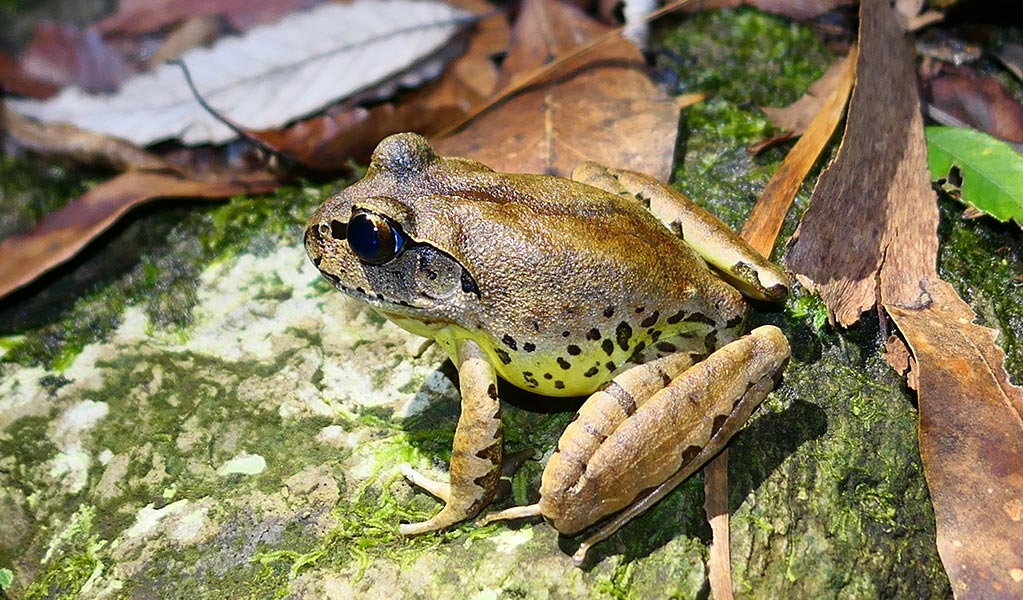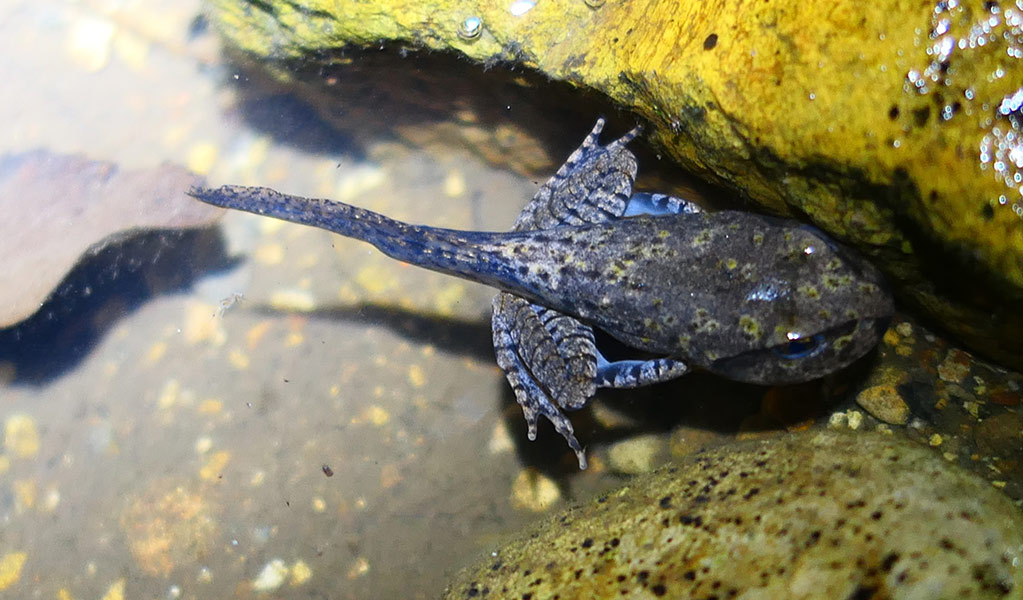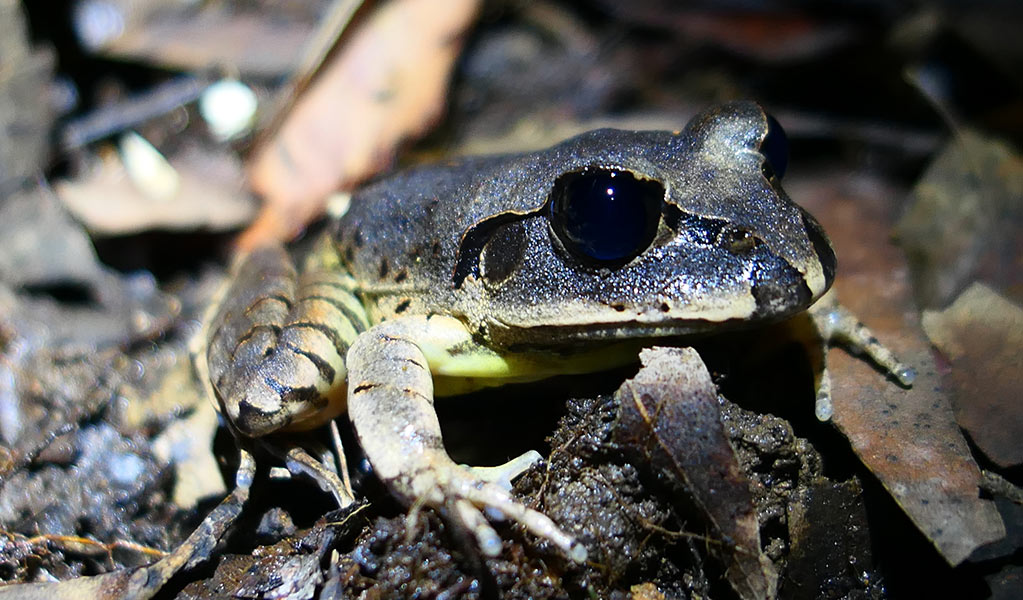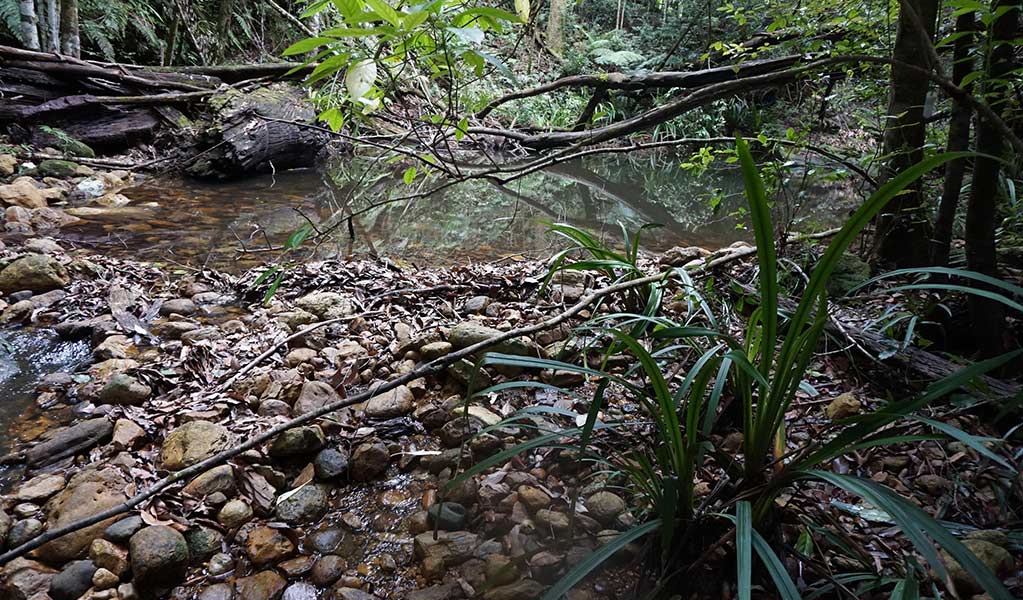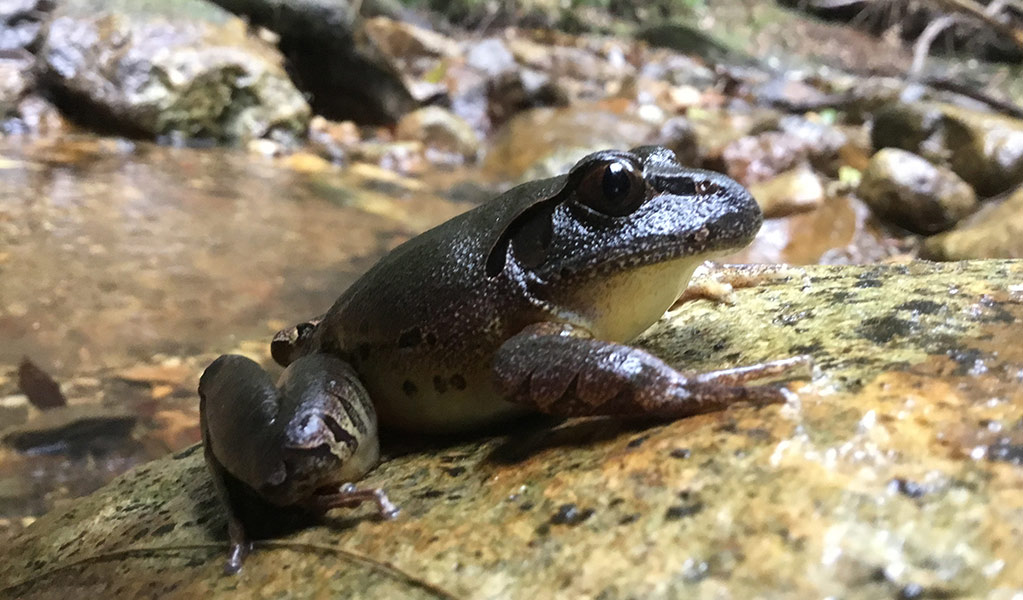Fleay's barred frog
The Fleay’s barred frog is an endangered species restricted to rainforest stream habitats in north-east NSW and south-east Queensland.
Read more about Fleay's barred frog
One of Australia’s largest ground frogs, the fist-sized Fleay’s barred frog can grow up to 90mm long. They’re pale or medium brown with darker brown blotches on the body, and dark bars on the legs and arms. Their eyes are silver-blue in the top half and brown in the bottom half of the iris.
Ancient amphibian
Ancestors of the Fleay’s barred frog lived in the days of Gondwana, 40-50 million years ago, when Australia separated from Antarctica. Today, this survivor lives amongst the stream networks of remnant Gondwana rainforest, near the NSW-Queensland border. If you’re lucky, you might see it in Border Ranges or Nightcap National Park.
Unique calls
Each species of frog has a unique call. It’s the male frogs that do the calling, to a attract a female mate. The Fleay’s barred frog has a couple of calls, including a short “op..op..op” and a longer “a..a..a..ah”.
Vital for healthy habitats
Frogs like the Fleay’s barred frog play a big part in healthy ecosystems. They thrive in clean, unpolluted ecosystems, so they can tell us if a habitat is healthy or suffering.
They’re also an important part of the food web. Tadpoles are nature’s water filters, keeping algae under control. Adult frogs gorge on insects, including disease-carrying mosquitoes. Frog eggs and tadpoles fill the bellies of fish, birds and some insects, while a range of birds, mammals and reptiles include frogs on the menu. When our frogs disappear, it affects the aquatic and land habitats that they live in.
Did you know?
Under threat
Frog chytrid fungus, which affects the skin cells of frogs and has no known cure, is a major threat to Fleay’s barred frogs. This worldwide frog pandemic has wiped out around 200 frog species worldwide since the 1970s, and has devastated frog populations across Australia’s east coast and tablelands.
Their land-based and watery habitats also face threats including pollution, land clearing, feral pest species, fire and human activity. All of which contribute to habitat damage and loss.
Climate change increases risk of droughts and floods in sensitive rainforest streams. The invasive mistflower weed, and upstream activities like cattle access, can cause gravel stream beds to clog up, and cut down available breeding habitat.
Cane toads are known to compete for food and habitat, and may even eat young barred frogs. These toads may also introduce disease, which is one of the major risks to frogs.
Animal facts
- Common name
- Fleay's barred frog
- Scientific name
- Mixophyes fleayi
- Conservation status in NSW
- Endangered
- Join the Saving our Species movement
- Become a citizen scientist. Take part in Australia’s biggest frog count during FrogID Week held annually in November.
- Learn more about frog chytrid fungus. See how you can help stop it spreading and what to do if you find a sick frog.
Conservation
A targeted conservation strategy under the Saving our Species (SoS) program includes managing water quality and pollution threats, protecting breeding habitat, controlling feral pest species, and minimising fire and human disturbance.
The Fleay’s barred frog is protected as an Asset of Intergenerational Significance (AIS), which adds strong legal protections and management requirements to secure it from extinction.
Get involved
Now more than ever our native wildlife needs our support. Here's how you can help:
You might also like
-
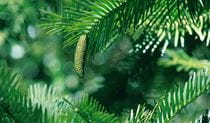
Assets of Intergenerational Significance (AIS)
Assets of Intergenerational Significance (AIS) are declared to bolster protections for an area with exceptional environmental or cultural values, like...
-
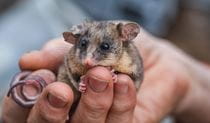
Protecting threatened species in parks
Around 84% of the approximately 900 threatened species in NSW are found in our national parks and reserves. Find out what we're doing to protect threa...
-
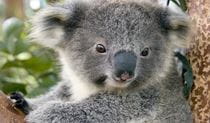
Saving our Species conservation program
Today, we're at risk of losing nearly 1000 of our state's native animals and plants. That's why the NSW Government established Saving our Species. It'...
-
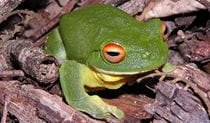
Monitoring rainforest frogs in Gondwana Rainforest
As climate change increasingly impacts our native habitats, it is imperative that scientists monitor the health of these ecological sites to help cons...

